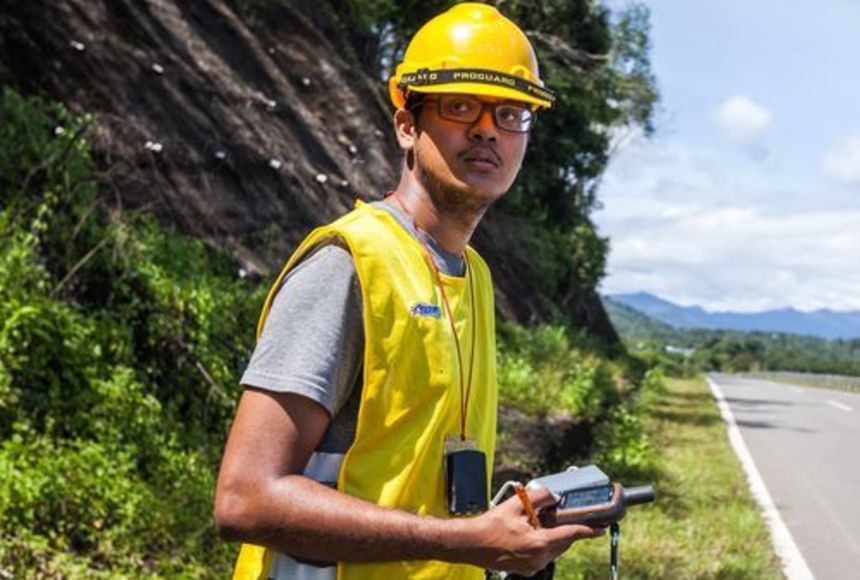ARTICLE
ARTICLE
Explorer Profile: Navakanesh M Batmanathan, Earthquake Geologist
Explorer Profile: Navakanesh M Batmanathan, Earthquake Geologist
What if you could do something to help people who live in areas that are prone to earthquakes? You might not be able to tell them where or when an earthquake may occur, but you could possibly help minimize the impact of the deadly energy that is released in Earth’s crust. This is just what National Geographic Young Explorer Navakanesh M Batmanathan is trying to do.
Grades
9 - 12
Subjects
Earth Science, Geology
Image
Navakanesh M Batmathan
Navakanesh M Batmathan helps identify places vulnerable to earthquakes to help engineers, designers, and planners make buildings to avoid or withstand earthquakes.
Photograph from Navakanesh M Batmathan

Media Credits
The audio, illustrations, photos, and videos are credited beneath the media asset, except for promotional images, which generally link to another page that contains the media credit. The Rights Holder for media is the person or group credited.
Director
Author
Production Managers
Program Specialists
Producer
Intern
other
Last Updated
April 22, 2024
For information on user permissions, please read our Terms of Service. If you have questions about how to cite anything on our website in your project or classroom presentation, please contact your teacher. They will best know the preferred format. When you reach out to them, you will need the page title, URL, and the date you accessed the resource.
Media
If a media asset is downloadable, a download button appears in the corner of the media viewer. If no button appears, you cannot download or save the media.
Text
Text on this page is printable and can be used according to our Terms of Service.
Interactives
Any interactives on this page can only be played while you are visiting our website. You cannot download interactives.